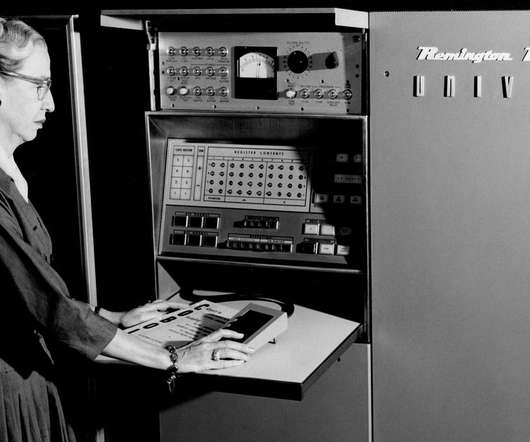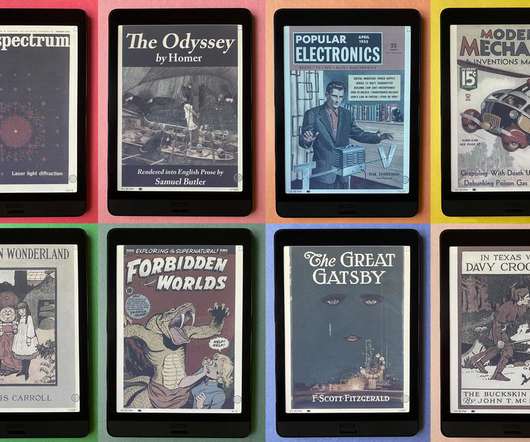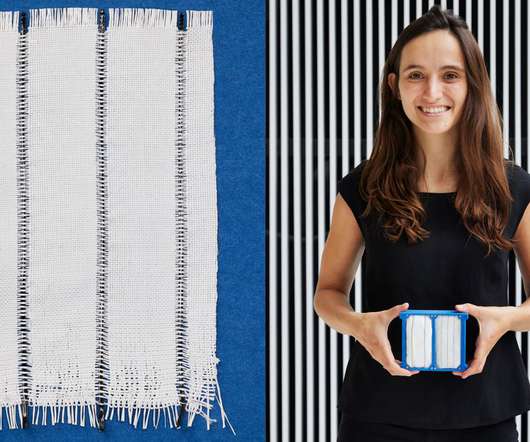MIT researchers pursuing increasing human-vehicle collaboration
Green Car Congress
MAY 6, 2013
Researchers at MIT are developing systems that could allow humans, robots and other autonomous vehicles to collaborate on everything from navigation to trip planning, and eventually pave the way for the operation of personal aircraft and driverless cars. The technology views the process of collaboration as a diagnostic problem, Williams says.







































Let's personalize your content